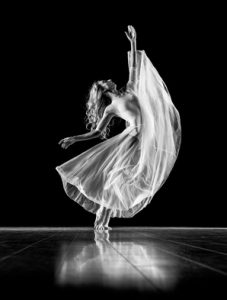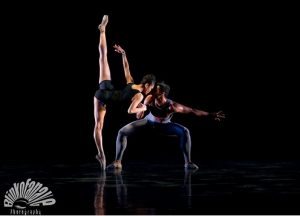“Dance evaporates—everything goes…we just have this little hint. The deterioration actually adds to the meaning of it.”—dancer and film director Connie Hochman on trying to capture the ephemera

There are many definitions of dance, with people defining dance in their own way. In this chapter, you will consider your personal definition of dance. You will learn the purposes of dance. You will reflect on your experiences and upbringing to determine their influence on your dance aesthetic.
– Poetry, prose, and music are arts that exist in time. It is through the manipulation of rhythm and tempo that these arts are created.
-Painting, sculpture, and architecture are arts that exist in space. It is through the design of space that these arts are created.
-Dance is the only art that is a creation in both time and space.
How do you define dance?
Dance can be studied in terms of its raw materials. We can describe movement thoroughly by breaking dance down into its basic components. A complete understanding of the building blocks of dance allows us to analyze, interpret and speak about dance in a thorough and understandable way. To increase dance literacy and appreciate dance as an art form, we must look at the elements of dance. Through the manipulation of these elements by the human body, dance happens. The elements of dance will be discussed in more detail later in Chapter 2. To describe dance, it is useful to analyze it in terms of these Elements of Dance:

Dance can be studied in terms of its purpose and function within a culture. Cultures impact how people engage with the world, as environmental influences, societal behaviors, and attitudes are intertwined within the development and shaping of dance forms. In this respect, dance is a carrier of culture. The purposes of dance include: